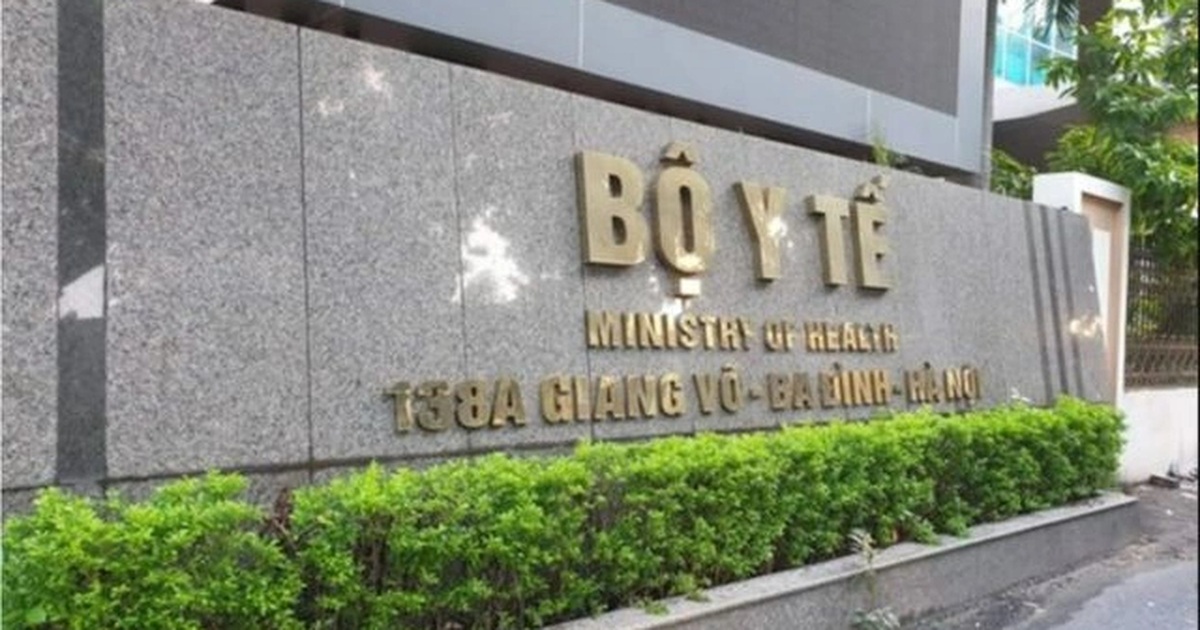The Prime Minister, Pham Minh Chinh, has signed Decree 571 establishing a taskforce to restructure and reorganize local administrative units and develop a two-tiered local government model. This decision marks a significant step forward in administrative reform, aiming for more efficient management and better public service.
 Government Establishes Taskforce for Administrative Restructuring
Government Establishes Taskforce for Administrative Restructuring
Deputy Prime Minister Nguyen Hoa Binh Leads the Taskforce
Prime Minister Pham Minh Chinh’s decree appoints Deputy Prime Minister and Standing Deputy Prime Minister, Nguyen Hoa Binh, as the head of the taskforce. The taskforce includes Deputy Heads: Minister of Internal Affairs, Pham Thi Thanh Tra (Permanent Deputy Head), and Minister and Chief of the Government Office, Tran Van Son.
Clear Mandate for Ministries and Agencies
The taskforce’s members include ministers from relevant ministries, such as Justice, Finance, Construction, Agriculture and Rural Development, Culture, Sports and Tourism, Science and Technology, Education and Training, Health, and Ethnic Affairs and Religion. Additionally, it includes representatives from other relevant ministries and agencies.
The taskforce plays a crucial role in inter-ministerial coordination, assisting the Prime Minister in researching, directing, and coordinating the resolution of issues related to local administrative restructuring and the development of a two-tiered local government model. The Prime Minister designates the Ministry of Internal Affairs as the permanent secretariat, responsible for developing action plans, programs, and establishing operational regulations.
Specific Tasks for Each Ministry:
The decree outlines specific responsibilities for each taskforce member.
- Ministry of Internal Affairs: To advise the government and the National Assembly on amendments to the Law on Local Administration and the Law on Civil Servants; to advise the Standing Committee of the National Assembly on issuing resolutions on administrative unit restructuring. Guide the review and adjustment of labor and social policies, assisting people with meritorious service; to lead and coordinate with other ministries and agencies in overseeing the development of local plans; organize inter-ministerial assessments. To present the restructuring plan to the government and the National Assembly, and the Standing Committee of the National Assembly.
- Ministry of Justice: To advise the government and the National Assembly on issuing resolutions to address issues related to the transfer of responsibilities and authorities of local governments; issue guidelines for handling arising issues in the fields of household registration and registration.
- Ministry of National Defence: Provide guidance on reviewing and identifying border administrative units; establish military defense zones; and organize the establishment of civilian self-defense forces.
- Ministry of Public Security: Provide guidance on recovering old seals, creating new seals, changing citizens’ addresses; review and provide population data; guide solutions to legal record issues.
Requirements for Ministries and Agencies:
The Prime Minister requires relevant ministries and agencies to address difficulties and obstacles based on local proposals. If an issue exceeds their authority, they must report to the taskforce and the government for review.
Conclusion:
The establishment of this taskforce demonstrates the government’s commitment to restructuring the administrative system. Clear assignment of tasks to each ministry promises to facilitate the process, ensuring efficiency and fairness. This change is expected to enhance the effectiveness of local government operations and better serve the people.
Source:



